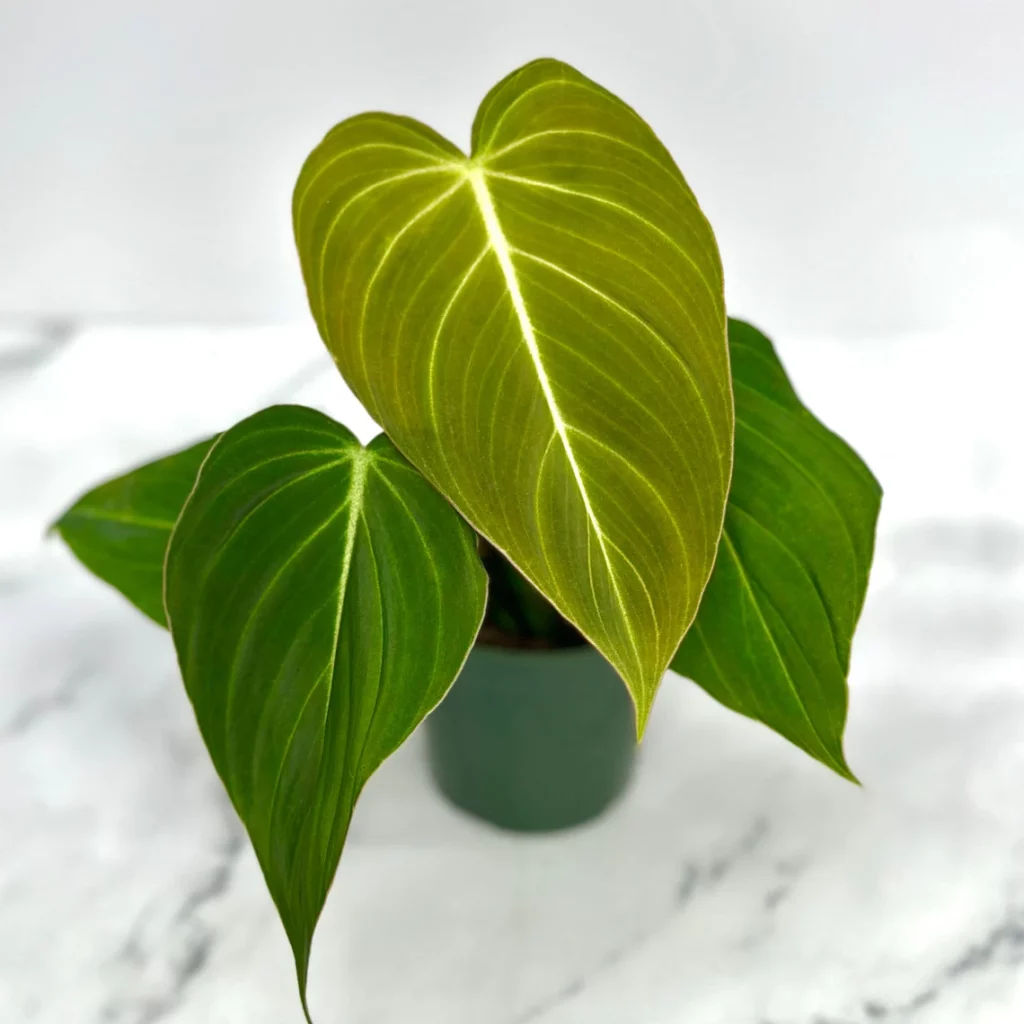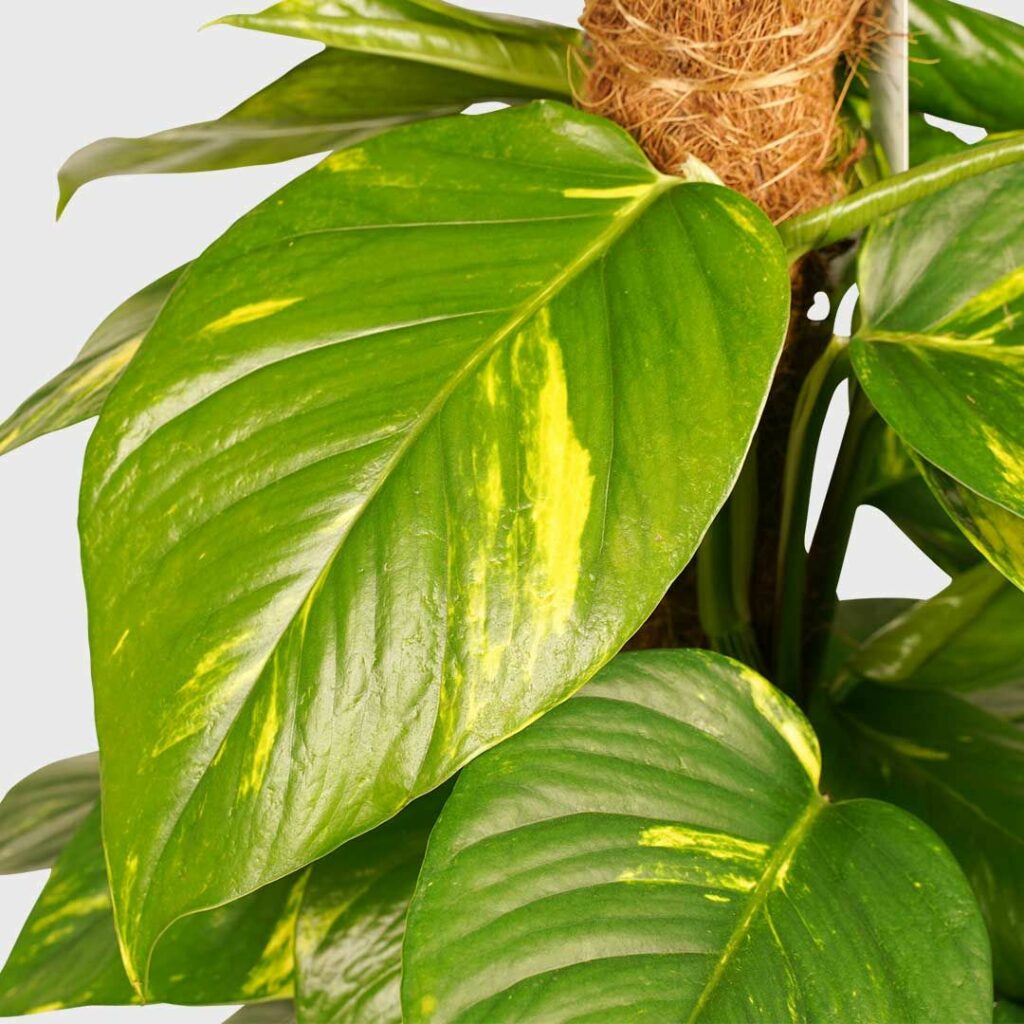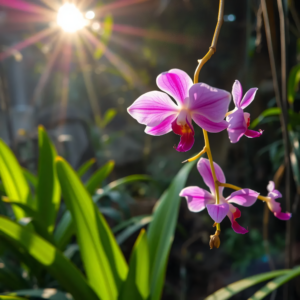The Best Common Houseplants for Beginners: A Guide to Aroids and More
Bringing houseplants into your home is like inviting a little piece of nature to live with you! Not only do they brighten up your space, but they also purify the air, reduce stress, and give you a rewarding hobby to nurture. If you’re a beginner looking for easy-to-grow houseplants, aroids like Monstera, Philodendron, and Epipremnum are fantastic choices. In this guide, we’ll dive into why these plants are perfect for newbies, the joy of growing and propagating your own plants, and some care tips to keep your green friends thriving. Let’s get started on your journey to becoming a plant parent!
Why Grow Houseplants? The Benefits Are Endless
Houseplants are more than just decor—they’re living companions that offer a host of benefits. Studies show that indoor plants can improve air quality by filtering out toxins and releasing oxygen. They also boost your mood, reduce stress, and add a touch of calm to your space. Plus, growing your own plants is a budget-friendly way to fill your home with greenery, especially when you learn to propagate them! Taking a cutting from your Monstera or Philodendron and watching it grow into a new plant feels like magic—and it’s a skill any beginner can master.
Now, let’s explore some beginner-friendly aroids and other houseplants that are perfect for starting your collection.
Top Beginner-Friendly Aroids to Grow
Aroids are a family of plants (Araceae) that include some of the most popular houseplants around. They’re known for their lush foliage, unique shapes, and relatively easy care requirements. Here are a few that beginners will love:

1. Monstera Deliciosa (Swiss Cheese Plant)
The Monstera Deliciosa is the poster child of trendy houseplants, and for good reason! Its iconic heart-shaped leaves with natural splits (called fenestrations) make it a showstopper in any room. Monsteras thrive in bright, indirect light but can handle lower light conditions too. Water them when the top inch of soil feels dry, and they’ll reward you with steady growth.
Care Tip: Monsteras love to climb, so give them a moss pole or trellis to mimic their natural habitat. This will encourage larger leaves and a fuller look.
Propagation Fun: Propagating a Monstera is as easy as snipping a stem with a node (the little bump where roots grow) and placing it in water or soil. Within a few weeks, you’ll see roots forming, and you’ll have a brand-new plant to pot or share with a friend!

2. Philodendron (Heartleaf and Beyond)
Philodendrons are the laid-back cousins of the aroid family. The Heartleaf Philodendron, with its glossy, heart-shaped leaves, is a classic choice for beginners. It’s a trailing plant that looks amazing in hanging baskets or draped over a shelf. Philodendrons are forgiving if you forget to water them occasionally and can adapt to a range of light conditions, though they prefer bright, indirect light.
Care Tip: Keep the soil slightly moist but not soggy. Overwatering can lead to root rot, so let the topsoil dry out a bit between waterings.
Propagation Fun: Like Monsteras, Philodendrons are a breeze to propagate. Cut a stem with a few leaves and a node, pop it in water, and watch the roots grow. It’s a great way to expand your collection or gift a plant to a fellow green thumb.

3. Epipremnum Aureum (Golden Pothos)
Often called Pothos or Devil’s Ivy, Epipremnum Aureum is the ultimate beginner plant. It’s practically indestructible! Pothos come in a variety of stunning variegations, like the golden Pothos with its yellow-green leaves or the Marble Queen with creamy white streaks. These plants thrive in low to bright indirect light and only need watering when the soil feels dry.
Care Tip: Pothos are fast growers, so trim them back if they get too leggy. This will encourage bushier growth and keep them looking lush.
Propagation Fun: Pothos propagation is a beginner’s dream. Snip a vine with a few nodes, place it in water or soil, and roots will appear in no time. You can create an entire jungle of Pothos from just one plant!

4. Other Aroids to Try: Anthurium and Peace Lily
If you’re ready to branch out, consider other aroids like Anthuriums (with their glossy leaves and colorful blooms) or Peace Lilies (which offer elegant white flowers). Both are relatively easy to care for and add a bit of flair to your collection. Peace Lilies are particularly great for low-light spaces, and they’ll even droop slightly to let you know they’re thirsty—talk about a helpful plant!
The Joy of Propagating Your Own Plants
One of the most exciting parts of growing houseplants is propagation—the process of creating new plants from cuttings. Not only does this save you money, but it also lets you share the love with friends and family. Imagine gifting a little Pothos cutting in a cute jar of water or swapping propagations with other plant lovers!
Propagation is simple with aroids like Monstera, Philodendron, and Pothos. Here’s a quick step-by-step guide:
- Take a Cutting: Use clean scissors to snip a stem with at least one node and a few leaves.
- Root in Water or Soil: Place the cutting in a jar of water (change the water weekly) or directly into moist soil.
- Wait for Roots: In a few weeks, you’ll see roots forming. Once they’re a couple of inches long, you can pot your new plant in soil.
- Celebrate Your Success: You’ve just grown a new plant—how cool is that?
Propagation not only multiplies your plant collection but also deepens your connection to your plants. It’s a hands-on way to learn about their growth habits and needs.
General Care Tips for Beginner Houseplants
While aroids are fairly low-maintenance, a few universal care tips will help them thrive:
- Light: Most aroids prefer bright, indirect light. Too much direct sun can scorch their leaves, while too little light can slow their growth.
- Water: Overwatering is the number one mistake beginners make. Always check the soil before watering—stick your finger in about an inch deep. If it’s dry, it’s time to water.
- Humidity: Aroids love humidity, especially Monsteras and Philodendrons. If your home is dry, mist their leaves or place a humidifier nearby.
- Fertilizing: Feed your plants with a diluted liquid fertilizer every 4-6 weeks during the growing season (spring and summer) to give them a boost.
- Pots and Soil: Use well-draining soil/chunkier aroid mix and pots with drainage holes to prevent root rot.
Why Growing Houseplants Is Worth It
Beyond the practical benefits, growing houseplants offers a sense of accomplishment. Watching your Monstera unfurl a new leaf or seeing roots sprout from a Pothos cutting is incredibly rewarding. Plus, caring for plants teaches patience, mindfulness, and responsibility—skills that spill over into other areas of life.
Propagating your plants also opens up a world of possibilities. You can trade cuttings with friends, decorate every corner of your home, or even start a small side hustle selling baby plants. It’s a hobby that keeps on giving!
Final Thoughts: Start Your Plant Journey Today
If you’re new to houseplants, aroids like Monstera, Philodendron, and Epipremnum are the perfect place to start. They’re forgiving, easy to propagate, and bring a tropical vibe to any space. Growing and propagating your own plants is a fun, affordable way to cultivate your green thumb and create a home filled with life.
So, grab a pot, some soil, and your first aroid—your journey as a plant parent is about to begin! Which of these beginner-friendly houseplants are you most excited to try? Let us know in the comments below, and happy planting!
– By Padz 23:43 15/03/2025



